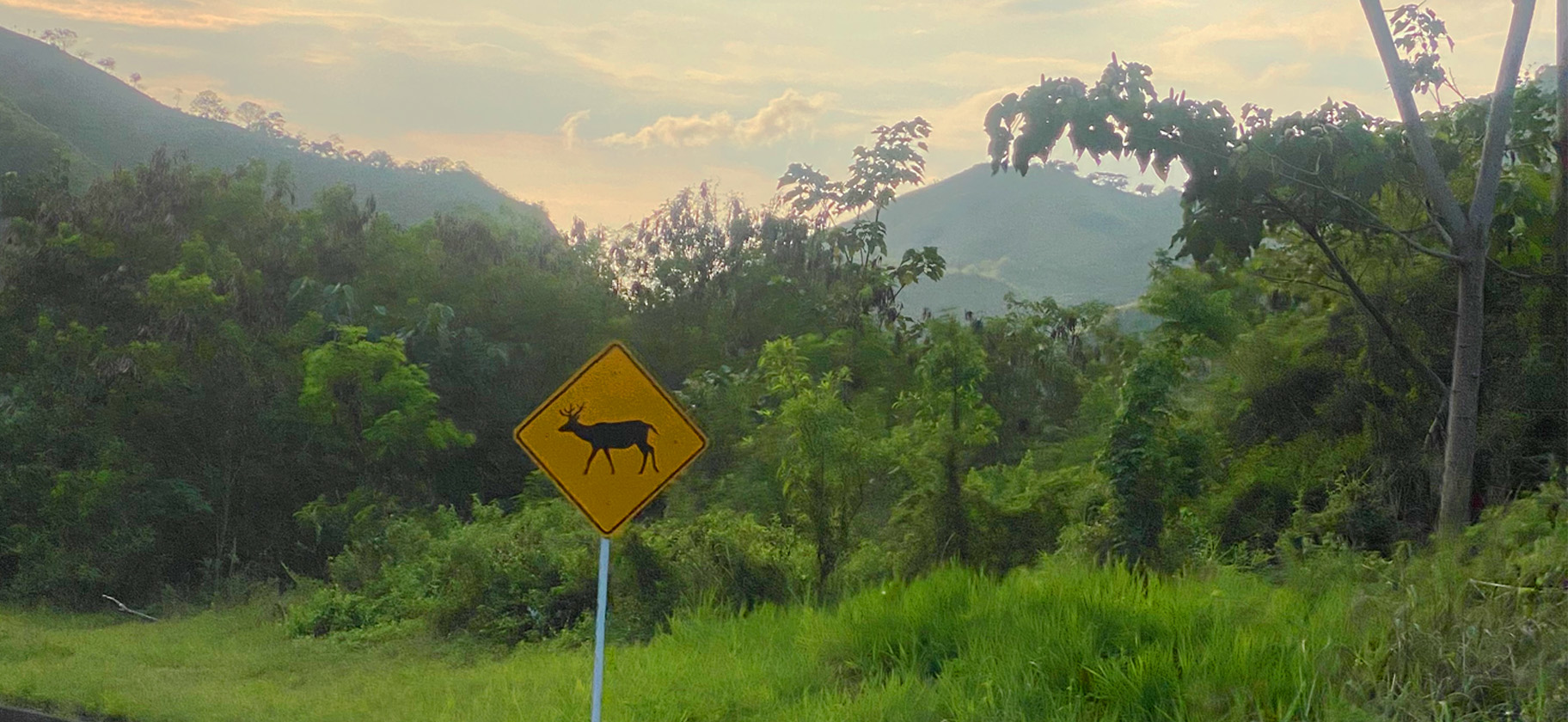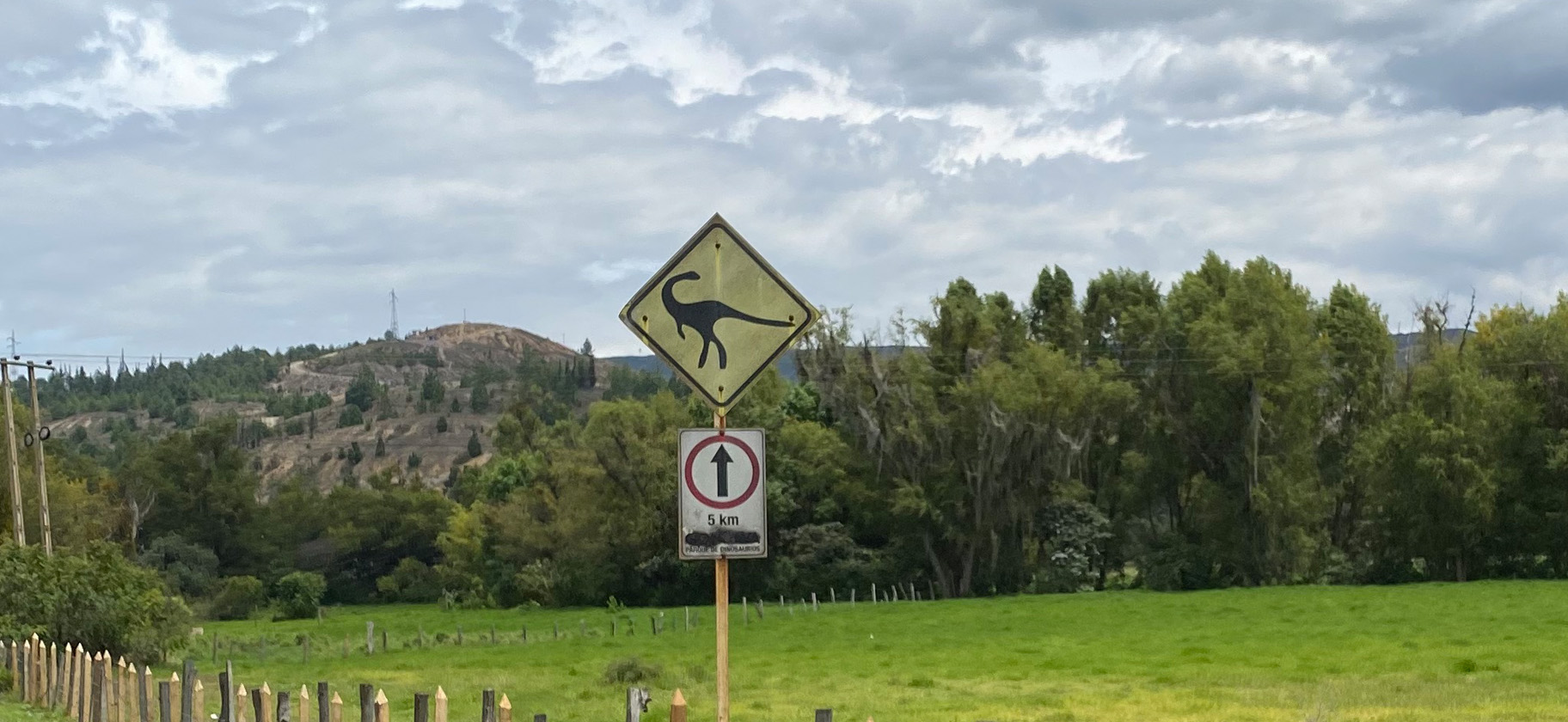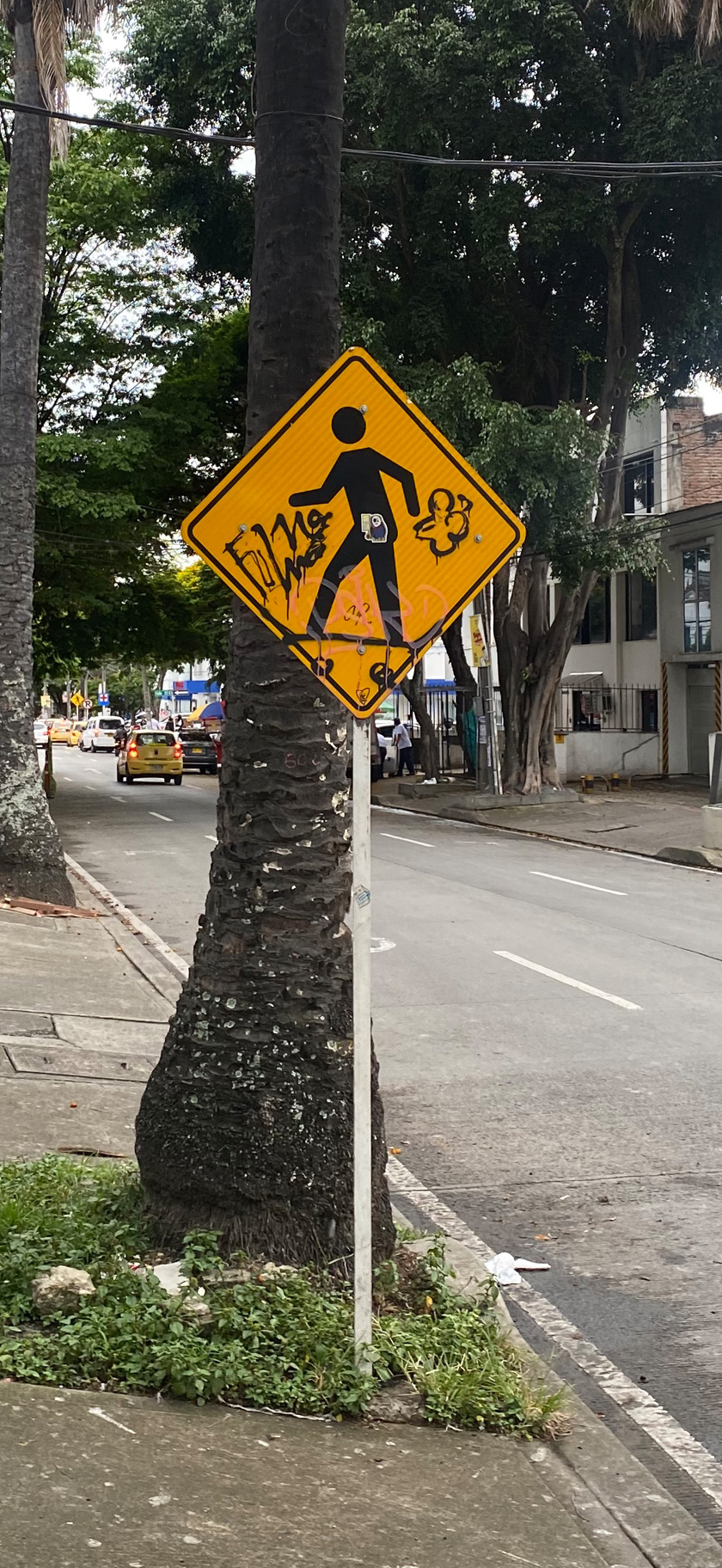Zoological Crossing

One of Colombia’s greatest sources of pride is its biodiversity. Anyone researching a visit to Colombia will inevitably uncover that it is the country with the planet’s highest biodiversity and home to more species of birds, butterflies, and orchids than anywhere else. Mammals, amphibians, reptiles, fish, mollusks, beetles, and plants, Colombia ranks among the highest as home to all. Tranquilo travelled through the various landscapes of Colombia from the beaches and low-lying wetlands of the Caribbean coast, to the palm-covered forests of the cordilleras, and between the peaks of the Andes mountains in the south.
As a warning to motorists travelling the highways and winding paths throughout the country, signposts mark the various zoological crossings highlighting the various species of mammal, reptile, and bird that call Colombia their home. Jenia was fascinated with just how diverse the signposts became and was determined to photograph them all.
Aardvark, armadillo, snake, tortoise, sloth; Alligator, gecko, jaguar and hedgehog; Iguana, monkey, condor and pheasant – if you trust the signs, just about anything could be crossing the road at any given time. Outside of Villa de Leyva there is a dinosaur theme park and they have cheekily erected their own dinosaur crossing sign – but alas we saw no dinosaurs.  The truth is that few species are foolish enough to take the risk of crossing any of Colombia’s roads and the wildest life you are likely to catch a glimpse of are the occasional herd of cows or domesticated dogs that have strayed too far from home. Even within their national parks, the wildest species we ever spotted were the same we would spot in cities – wingless and mostly walking on two legs.
The truth is that few species are foolish enough to take the risk of crossing any of Colombia’s roads and the wildest life you are likely to catch a glimpse of are the occasional herd of cows or domesticated dogs that have strayed too far from home. Even within their national parks, the wildest species we ever spotted were the same we would spot in cities – wingless and mostly walking on two legs.
 As biodiverse as Colombia’s reputation may be, the visibility of that diversity, as in most countries around the world, has been pushed to the fringes where nature and human society refuse to intersect. These untamed wildlands continue to shrink as human populations swell and find ways to push further into once inhospitable environments. Visitors to Colombia should not expect to be struck with awe or anticipate an open safari lurking at the doorstep of every patch of asphalt. True sightings of Colombia’s indigenous flora and fauna are rare and reserved to the professionals willing to forge through the last of the untamed jungle and with the expertise to explore beyond the boundary of human society. Most of those professionals claim their birthright within Colombia’s borders, are familiar with its less-travelled trails, and possess the acumen to recognize the subtle shades between leaf and fern. As a visitor, if you find yourself in the fortunate position to come upon one of these truly rare, enlightened, upright striding, species they may be your guide through the shaded enclaves where those that supposedly roam across the highways truly dwell.
As biodiverse as Colombia’s reputation may be, the visibility of that diversity, as in most countries around the world, has been pushed to the fringes where nature and human society refuse to intersect. These untamed wildlands continue to shrink as human populations swell and find ways to push further into once inhospitable environments. Visitors to Colombia should not expect to be struck with awe or anticipate an open safari lurking at the doorstep of every patch of asphalt. True sightings of Colombia’s indigenous flora and fauna are rare and reserved to the professionals willing to forge through the last of the untamed jungle and with the expertise to explore beyond the boundary of human society. Most of those professionals claim their birthright within Colombia’s borders, are familiar with its less-travelled trails, and possess the acumen to recognize the subtle shades between leaf and fern. As a visitor, if you find yourself in the fortunate position to come upon one of these truly rare, enlightened, upright striding, species they may be your guide through the shaded enclaves where those that supposedly roam across the highways truly dwell.
